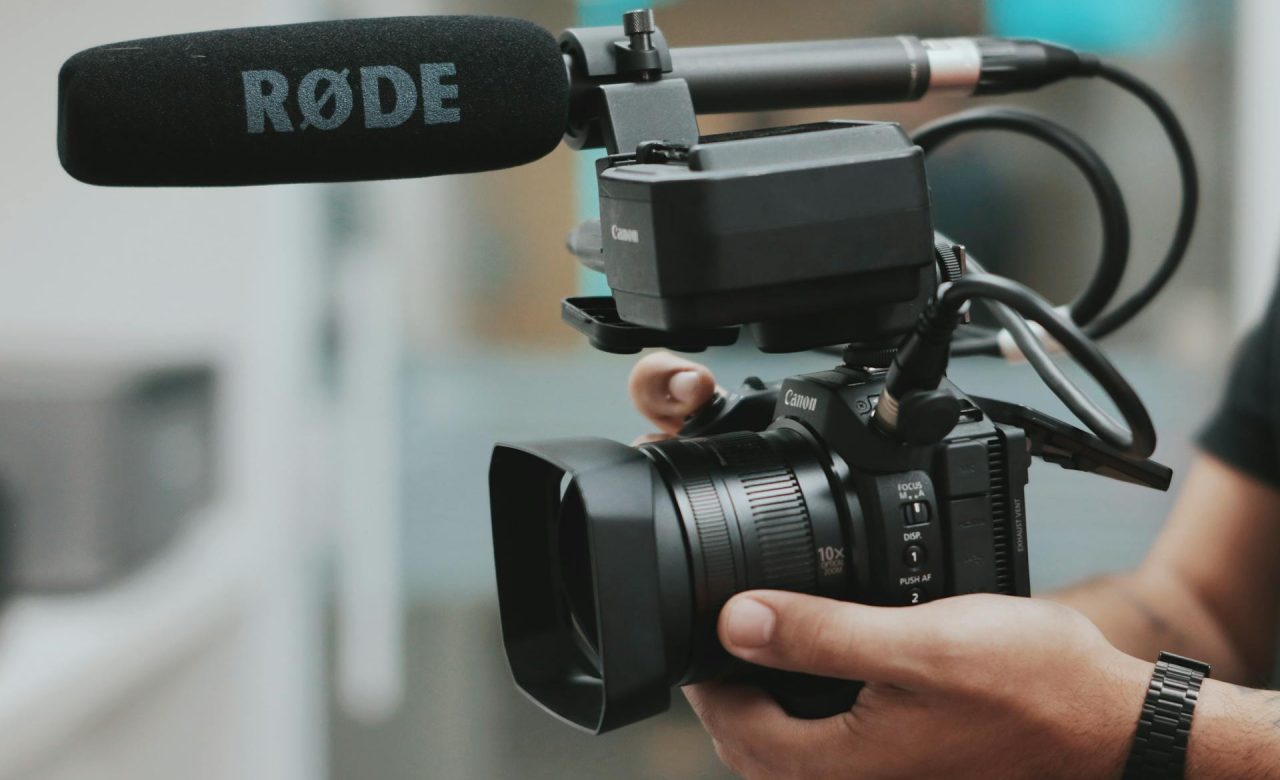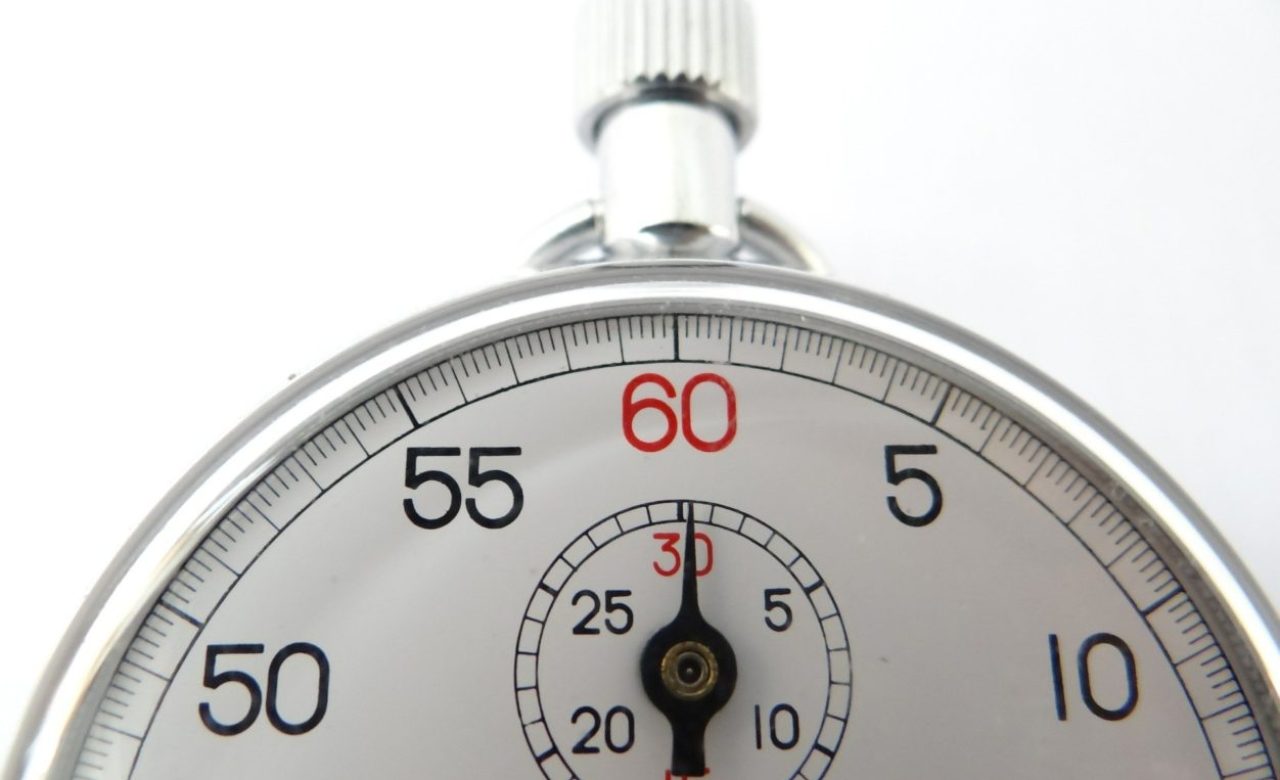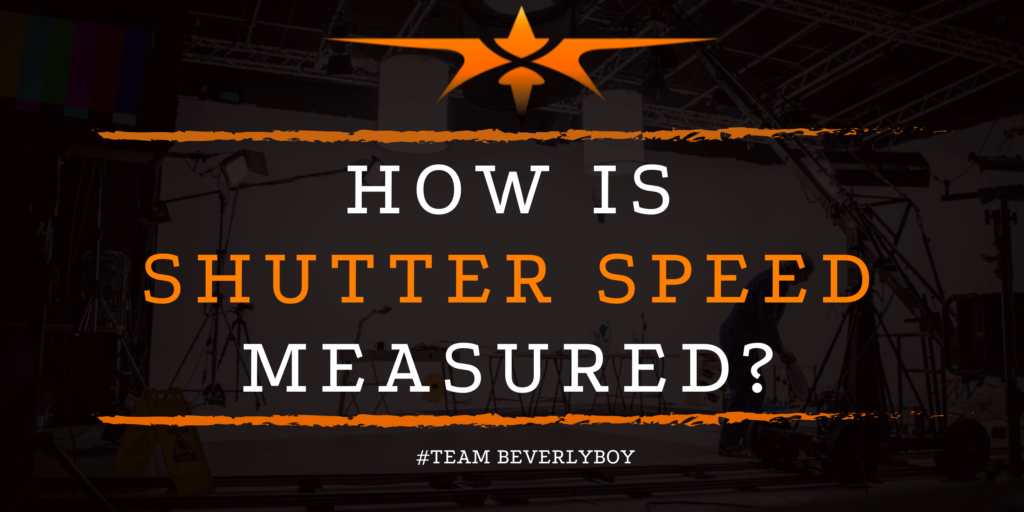How is Shutter Speed Measured?
When cameras were first introduced, shutter speed was a representation of the amount of time (in seconds) that the camera’s metal shutter would remain open to allow light to come in to create the image before the metal shutter would clamp back down. Shutter speed is one of several elements represented in the exposure triangle. A camera’s ability to produce crisp, clear images is dependent upon the three sides of the exposure triangle which represent shutter speed, ISO and aperture. But, how is shutter speed measured, exactly?

Understanding Shutter Speed
To help you understand how shutter speed is measured, it’s important to first take a look at how the “shutter” worked in early cameras.
The “shutter” of a camera used to consist of a small, thin piece of metal that was located inside the camera and which would lift to expose the film to light for a picture to be created before then closing again, effectively storing the film back into darkness.
The speed in which this entire process of the shutter lifting, exposing the film to light, and then setting back down again to cover the film in darkness was known as the “shutter speed.”
How is Shutter Speed Measured?

Shutter speed is measured in seconds. Even though today’s cameras are incredibly fast and built much different than they once were, shutter speed continues to be measured in seconds. Thus, if you see a camera that states a shutter speed of 2, it means that the shutter opens, exposes the film to light, and closes once again over the film in 2 seconds.
Rarely do we see shutter speeds of “2” though, because we live in a fast paced world, and cameras have evolved incredibly over the past several decades.
In fact, as you ask, “How is shutter speed measured?” a more accurate measurement of shutter speed for today’s better camera equipment is 1/25th or even 1/60th. You may even see cameras described with shutter speeds of 1/500 or 1/250. Just think about how fast that really is!
Today’s typical DSLR cameras can have shutter speeds as low as 1/4000 which is technically one four thousandth of a second or as high as 30 which is exactly as it appears – thirty seconds.
Shutter Speed Measurements & Cinematography
How does shutter speed influence the motion of an image that is contained within a video? Where photography involves capturing a single shot or just a few shots at a time, cinematographers capturing video are collecting upwards of 25 images per second.
So how is shutter speed measured when video recording and how does the shutter speed impact the video quality?
If shutter speed and frames per second do not line up for the cinematographer, an issue called “rolling-shutter” may occur. Rolling shutter is the result of the frames per second and shutter speed being misaligned such that the shutter movement is captured on the footage appearing as thick black lines that will scroll by on the screen.
To prevent rolling shutter, cinematographers should make sure that their camera has a shutter speed that is double the frames per second.
Thus, if the camera is shooting 25 frames per second, then the shutter speed should be 1/50 in order to prevent rolling shutter from occurring.
We’ve answered the question, “How is shutter speed measured?” but how does shutter speed influence motion of an object on film? Essentially, when you increase shutter speed, motion appears to gradually slow down.
So, for a video that is captured at a low shutter speed, a fan or other object may appear to be moving very quickly and the visibility of the object would be incredibly blurred by the fast movement.
Increasing the shutter speed will cause a bit of a timing issue which can cause the movement to appear as if it is slowing down – quite a bit actually!


